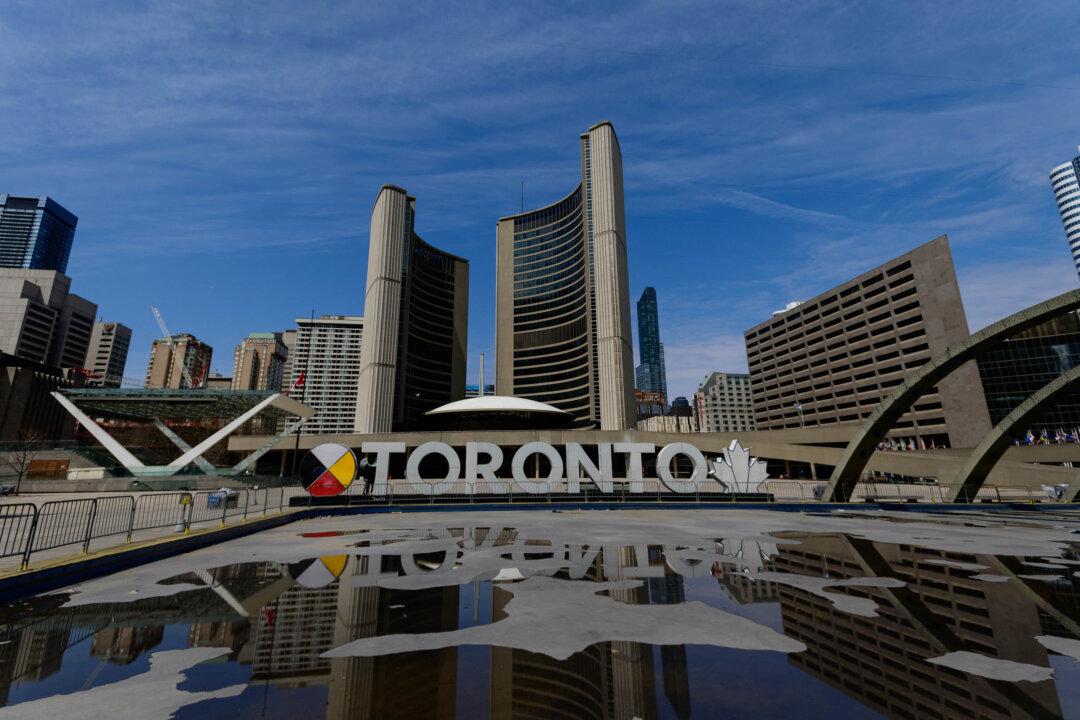Despite objections from federal members of Parliament (MPs) and hundreds of submissions from the public, Toronto will lose one MP seat in the next election, according to the decision of a federal commission outlined in its final report tabled on July 20.
The final Report of the Federal Electoral Boundaries Commission for the Province of Ontario, tabled in Parliament during summer recess, stated that electoral “overrepresentation in Toronto has emerged due to uneven population growth between Toronto and surrounding areas, which is expected to continue or increase in the future.”





